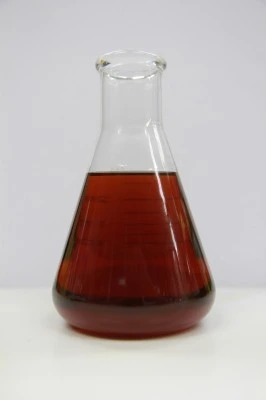Lauric Acid 99% Min
|
IUPAC Name |
: Dodecanoic Acid |
|
Cas Number |
: 143-07-7 |
|
HS Code |
: 2915.90.90 |
|
Formula |
: C12H24O2 |
Basic Info
|
Appearance Name |
: White Powder Solid |
|
Common Names |
: Vulvic Acid; Laurostearic Acid |
|
Packaging |
: 25 Kg bag with PP Lamination, 180 Kg in Plastic HDPE Drums |




.webp)
.webp)
 English
English
 Indonesian
Indonesian
 简体字
简体字
 العربية
العربية
 Español
Español
 Français
Français
 Português
Português
 日本語
日本語
 한국어
한국어
 Tiếng Việt
Tiếng Việt
